PPT-Integrating Academic Assistance Into the Casebook Classroom
Author : lindy-dunigan | Published Date : 2017-09-27
Courtney G Lee University of the Pacific McGeorge School of Law Jeff Minneti Stetson University College of Law Objectives Understand variables associated with integrating
Presentation Embed Code
Download Presentation
Download Presentation The PPT/PDF document "Integrating Academic Assistance Into the..." is the property of its rightful owner. Permission is granted to download and print the materials on this website for personal, non-commercial use only, and to display it on your personal computer provided you do not modify the materials and that you retain all copyright notices contained in the materials. By downloading content from our website, you accept the terms of this agreement.
Integrating Academic Assistance Into the Casebook Classroom: Transcript
Download Rules Of Document
"Integrating Academic Assistance Into the Casebook Classroom"The content belongs to its owner. You may download and print it for personal use, without modification, and keep all copyright notices. By downloading, you agree to these terms.
Related Documents

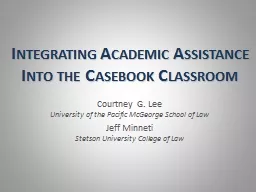

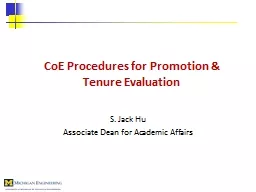
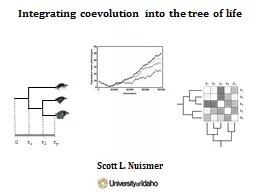
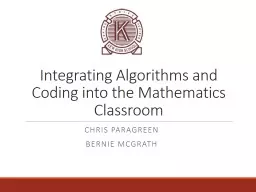

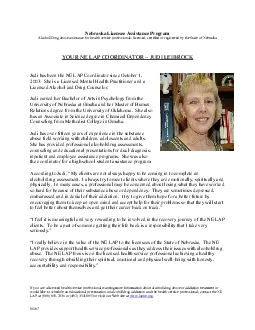
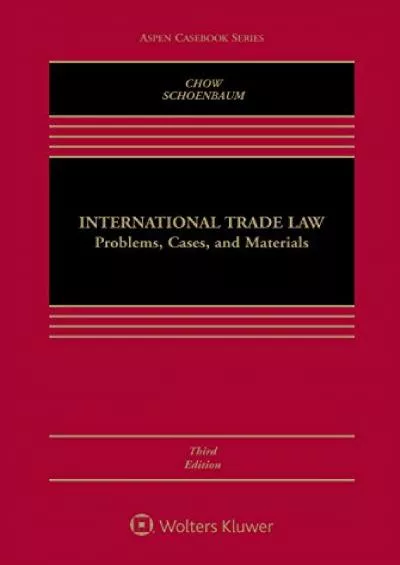
![Download Book [PDF] Federal Courts: Cases and Materials (University Casebook Series)](https://thumbs.docslides.com/1019724/download-book-pdf-federal-courts-cases-and-materials-university-casebook-series.jpg)
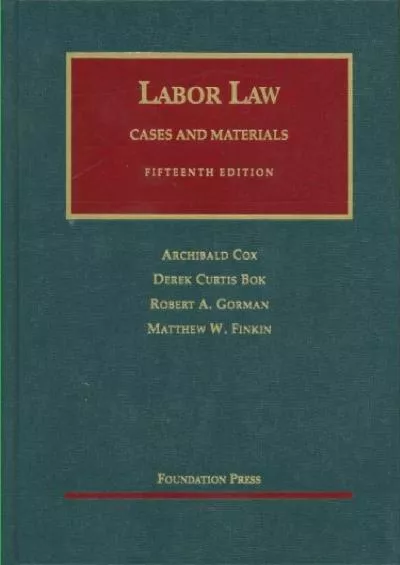
![[READ DOWNLOAD] Constitutional Law (University Casebook Series)](https://thumbs.docslides.com/1019762/read-download-constitutional-law-university-casebook-series.jpg)
![[PDF READ ONLINE] Criminal Law- Cases and Comments (University Casebook Series)](https://thumbs.docslides.com/1020211/pdf-read-online-criminal-law-cases-and-comments-university-casebook-series.jpg)
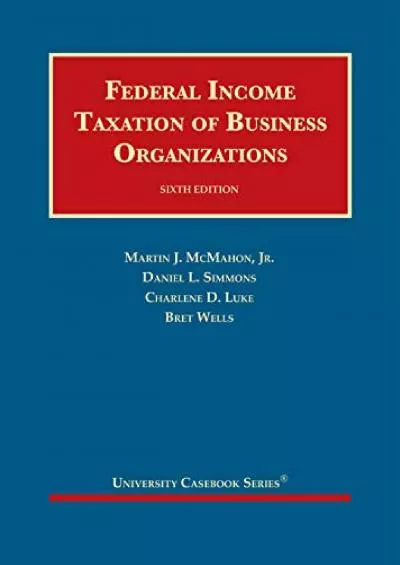
![get [PDF] Download Products Liability and Safety, Cases and Materials (University Casebook](https://thumbs.docslides.com/1020301/get-pdf-download-products-liability-and-safety-cases-and-materials-university-casebook-series.jpg)